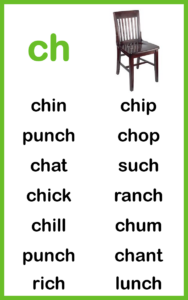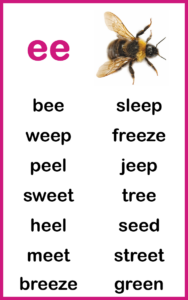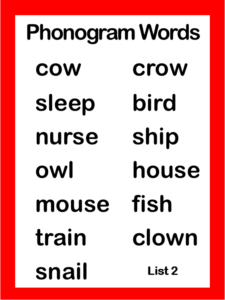Back to: The Klein Method of Early Reading Mastery
Phonogram Word Cards


Purpose: Practice decoding phonogram words without picture clues
Notes:
-
The key picture at the top of each Phonogram Word List Card introduces the student to the new spelling pattern.
-
For example, the picture of CHAIR tells him the new phonogram makes the sound /ch/.
-
He can figure out the sound of the phonogram EE by the picture of the BEE.
-
Asking a student to practice a phonogram word list card and then read it to you is a good assessment of the student’s decoding skill.
-
The student should be asked to return to these phonogram word lists even when he has moved on to other, more advanced word clusters. Expect to see progress over time in the speed and accuracy with which the student decodes these words.
-
With enough repetition and practice, you will see students begin to call out words automatically without “sounding out” each letter.
-
Automatic word recognition will begin to happen naturally when students are given enough decoding practice.
Phonogram Word Lists


Notes:
- Each word on the lists above contains only one irregular spelling pattern. Plus the student has encountered these words from previous phonogram work. Thus, decoding these words without picture clues will not be difficult for the student.
- The vocabulary of the words on the list are familiar to a young child and the reading skills he has developed thus far will serve him well and help him figure out most, if not all, of the words.
